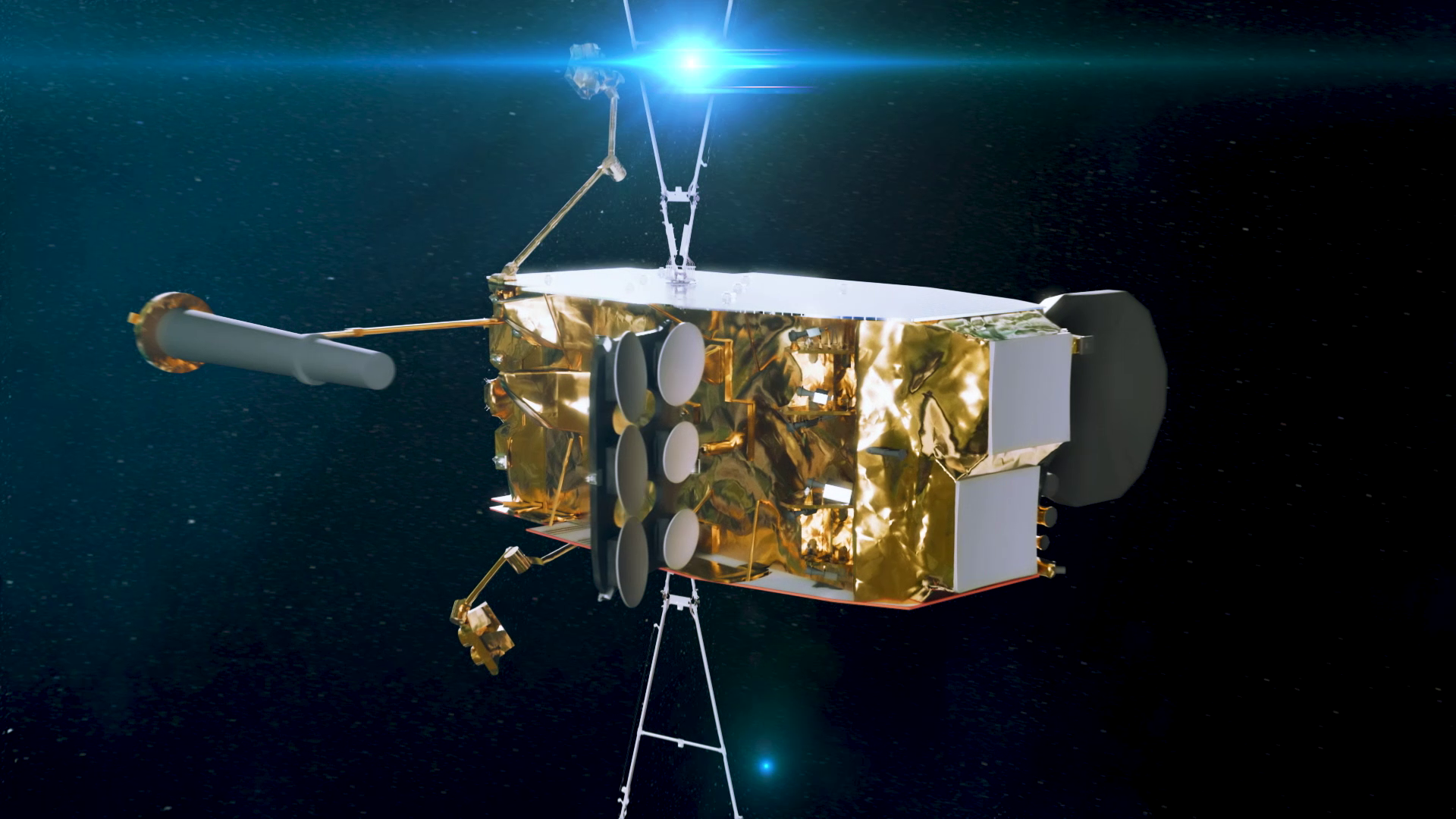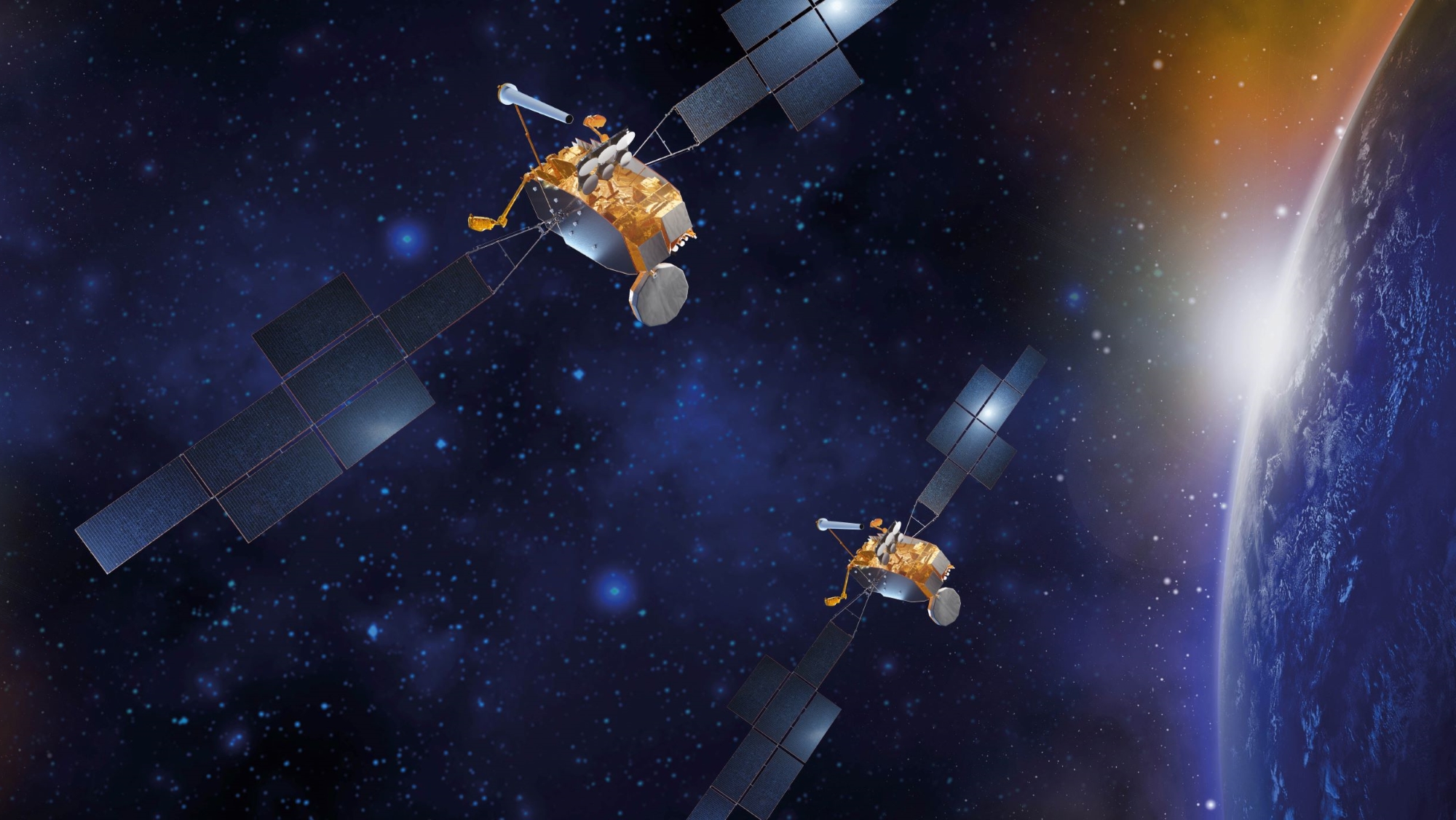SpainSat NG I telecommunications payload successfully activates in orbit, showcasing Pacis 3 innovations

A payload featuring advanced telecommunications antennas, developed under the European Space Agency (ESA)-Hisdesat Pacis 3 Partnership Project and carried on board the SpainSat New Generation I (NG I) satellite, has successfully conducted its in-orbit switch-on for the first time. The achievement, which also benefits from collaboration with Airbus Defence and Space, the Spanish Space Agency, Spain’s government as well as the country’s key space industry players, marks a major milestone for secure satellite communications in Europe.
Pacis 3, which is designed to address the need for more affordable, flexible, and secure satellite communications for governmental users, forms part of ESA’s Advanced Research in Telecommunications Systems (ARTES) Partnership Projects programme within ESA’s Connectivity and Secure Communications. The private-public partnership has supported the development of several pioneering features on the SpainSat NG I payload; namely reconfigurable X-band active antennas to support coverage adjustments, advanced beam-hopping and geolocation features, as well as a deployable Ka-band pallet with six steerable antennas for flexible, high-capacity coverage over large regions. The active antennas are recognised as the most advanced to be made in Europe so far.
The SpainSat NG I satellite’s payload, which accounts for over 45% of the spacecraft’s cost, showcases the best of Spanish space industry expertise thanks to a collaboration between Airbus Defence and Space (Spain), Thales Alenia Space España, Sener, Indra, Arquimea, Tecnobit, GMV, Iberespacio, and the Spanish Centre for the Development of Industrial Technology (CDTI), establishing the ESA Member State as a leader in European secure satellite technology. The collaboration has delivered in-orbit validation of new pooling and sharing services, while fostering a robust industrial ecosystem in Spain and Europe, de-risking investment for new technologies and ensuring the long-term continuity and competitiveness of European secure satellite communications.

SpainSat NG I, which launched from NASA’s Kennedy Space Center in Florida, United States, on 29 January 2025 and went into service on 11 August 2025, forms part of part of the larger SpainSat NG programme and comprises two satellites based on Airbus’ Eurostar Neo product line. The second, SpainSat NG II, is also scheduled to geostationary orbit on 22 October 2025, where together the twinned satellites will work to meet governmental secure communications needs across Europe and allied regions. The programme will also result in several societal benefits, including the provision of rapid, flexible, and reliable communications during times of crisis or in remote locations, the strengthening of Europe’s competitiveness, and the creation of jobs in the space sector.
Once in full operation, the SpainSat NG programme will become a vital asset for the European Commission’s GOVSATCOM thanks to the satellites’ software that will rapidly adapt to evolving operational needs, reliable protection against anti-jamming and anti-spoofing, as well as reinforced protection against high-altitude nuclear phenomena. It’s expected that SpainSat NG I will be in operation until 2040, providing critical support across an extensive coverage area from Europe, North and South America and Africa, through to the Middle East and Singapore in Asia.
“The Pacis 3 partnership project has demonstrated a true partnership between ESA, Spanish industry, and the Spanish Space Agency, coming together to deliver technological advancements that Spain and Europe can be proud of,” said Oscar Del Rio Herrero, ESA’s Pacis 3 Project Manager, within ESA’s Connectivity and Secure Communications.


